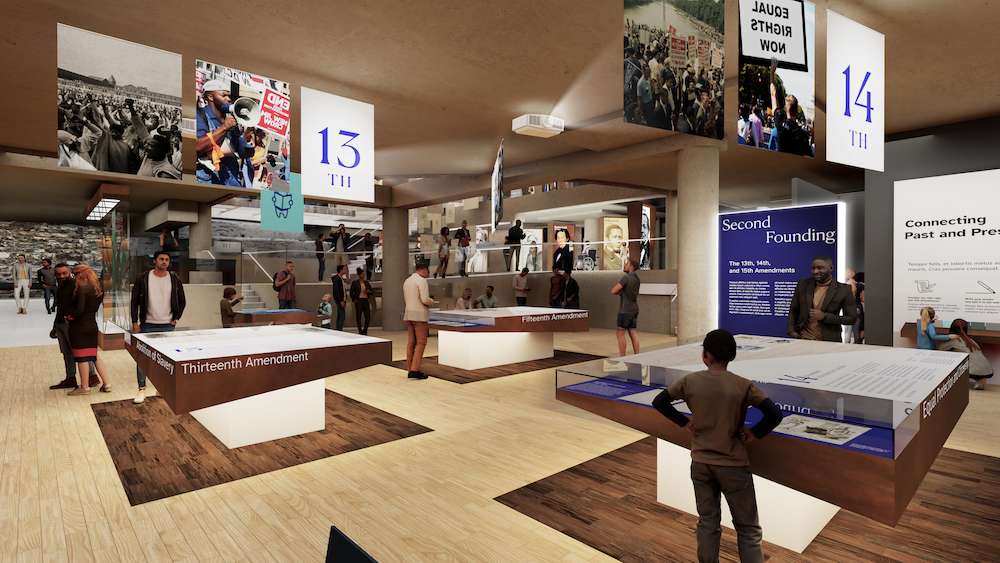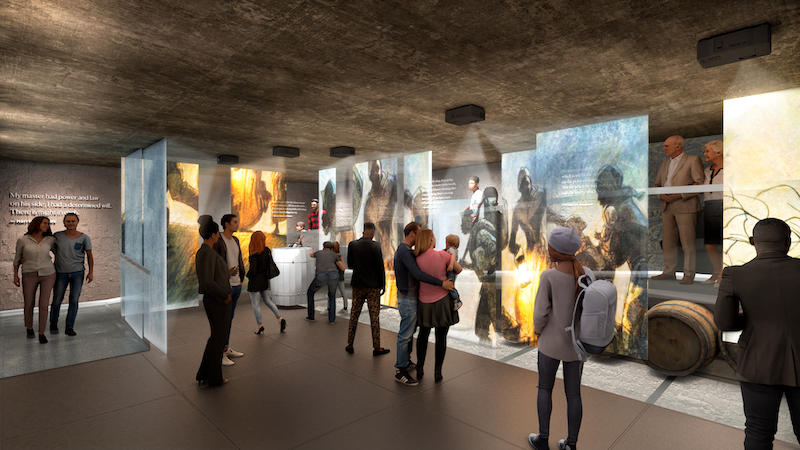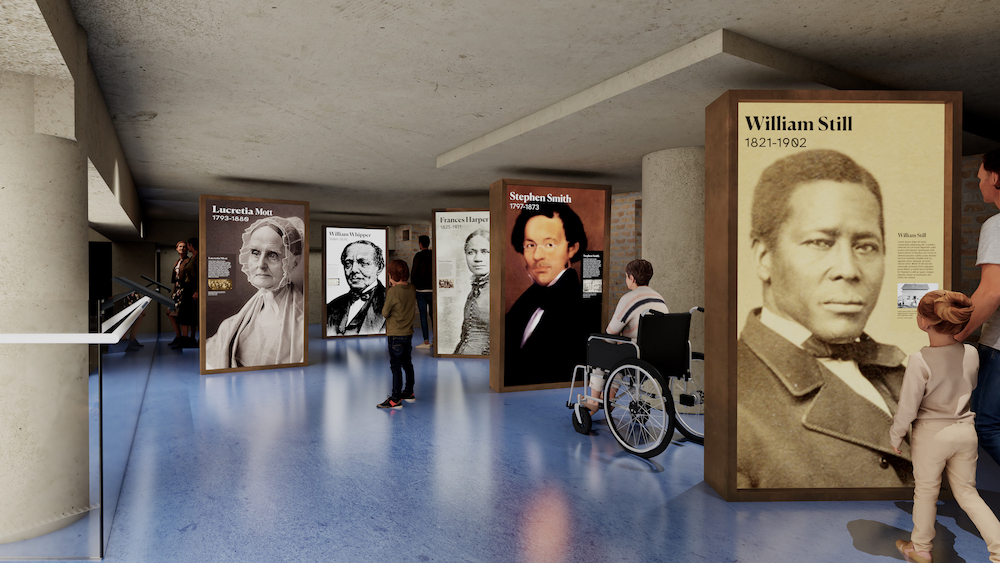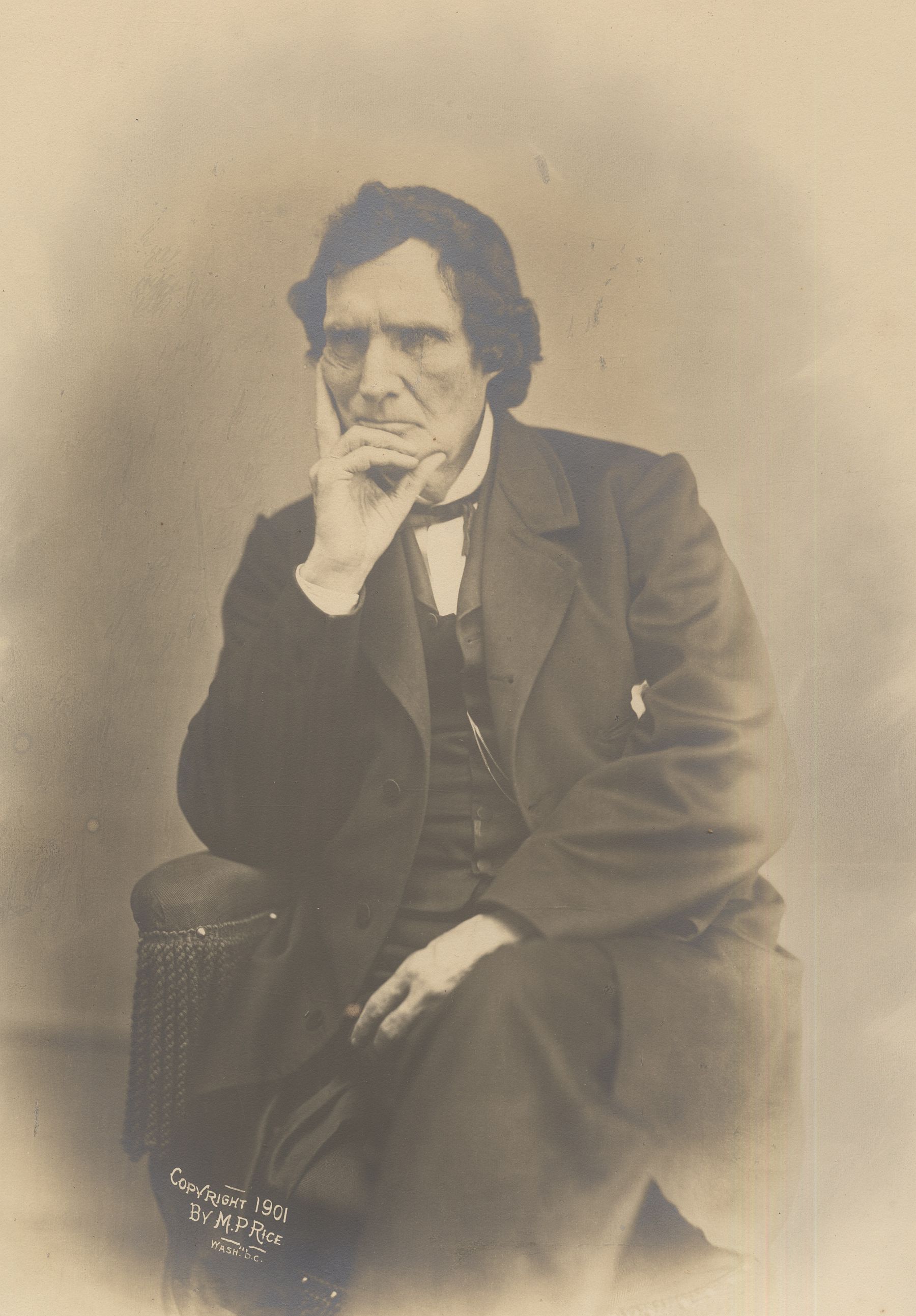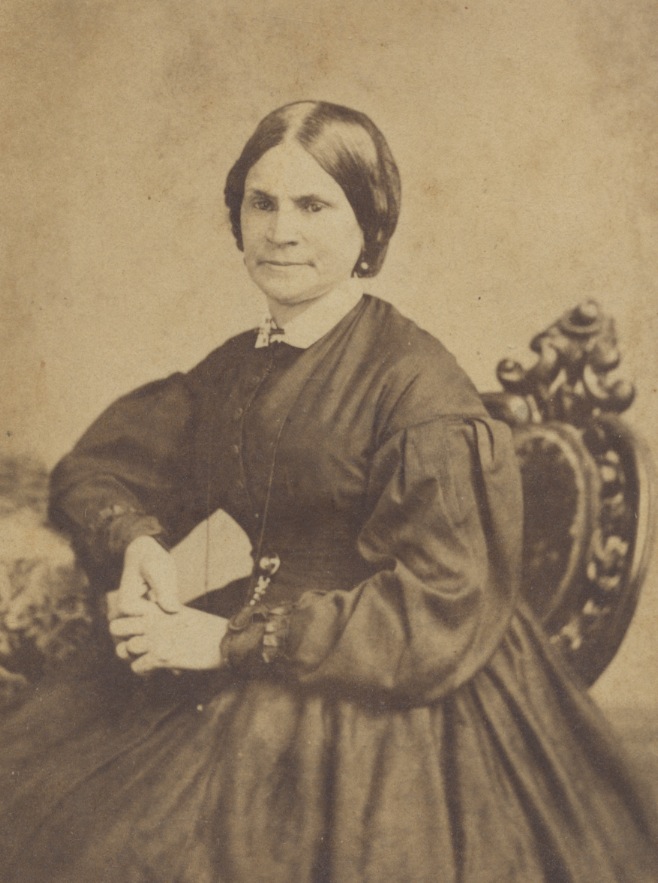F&M Stories
F&M Faculty Uncover History of Underground Railroad in Lancaster
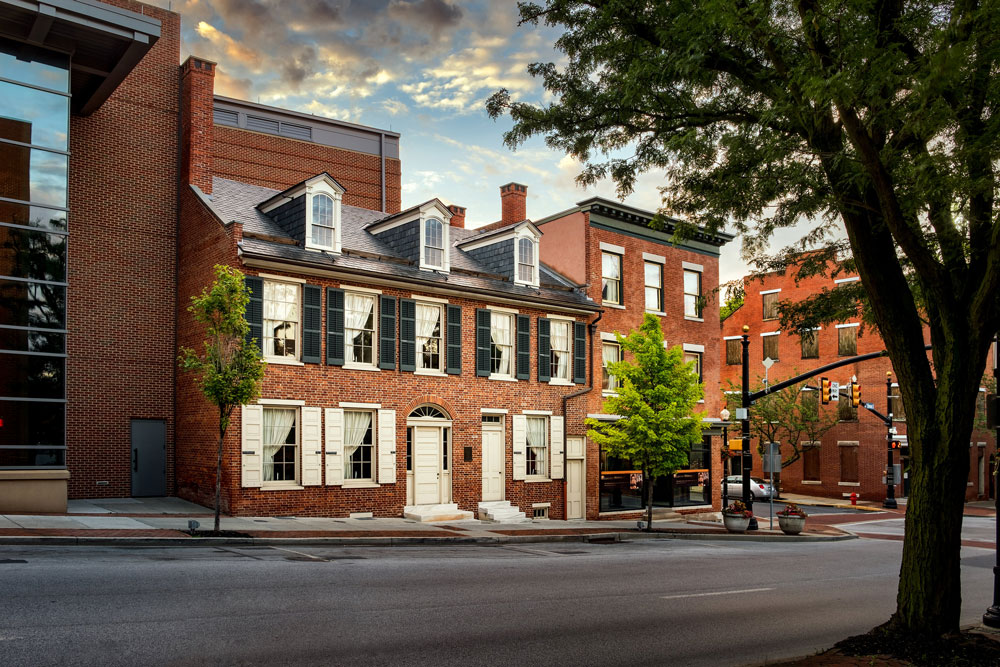
The exterior of the Thaddeus Stevens house in downtown Lancaster. Image courtesy of Larry Lefever.
A historic home in downtown Lancaster is being turned into a museum by LancasterHistory, thanks in part to contributions by Franklin & Marshall College faculty.
The Thaddeus Stevens and Lydia Hamilton Smith Center for History and Democracy, which has a tentative opening date of early 2025, will be located in the former home of 19th-century U.S. Congressman Thaddeus Stevens on the corner of Queen and Vine Streets.
The Center will showcase Stevens' political contributions and highlight the life of Lydia Hamilton Smith, an entrepreneur and businesswoman who worked as Stevens' housekeeper and owned a home on the same block.
Preserving the Past
In 2002, the Thaddeus Stevens house was slated for demolition as part of the construction
of he Lancaster County Convention Center. The Historic Preservation Trust of Lancaster County stepped in to advocate for its preservation and brought in F&M Professor of Anthropology
Mary Ann Levine to conduct an archaeological excavation.
Levine assembled a team of F&M students and community volunteers to excavate the courtyard and basement of the house. They uncovered two cisterns in the basement that were modified in the 1830s after public water became available in Lancaster.
The modifications would have allowed a person to enter the abandoned cistern from the basement of the Kleiss Tavern next door. This suggest exciting possibilities to Levine.
"The question we had to ask was why what amounted to a hidden room would have been created in the years immediately prior to the Civil War," Levine said.
She and others have hypothesized that the location was part of the Underground Railroad. The cistern could have been used as an emergency hiding place for those seeking freedom.
Robin Sarratt, the vice president of LancasterHistory, said this discovery was crucial for the building's future.
"[The cisterns] really became a galvanizing force for the full preservation of the
site," Sarratt said.
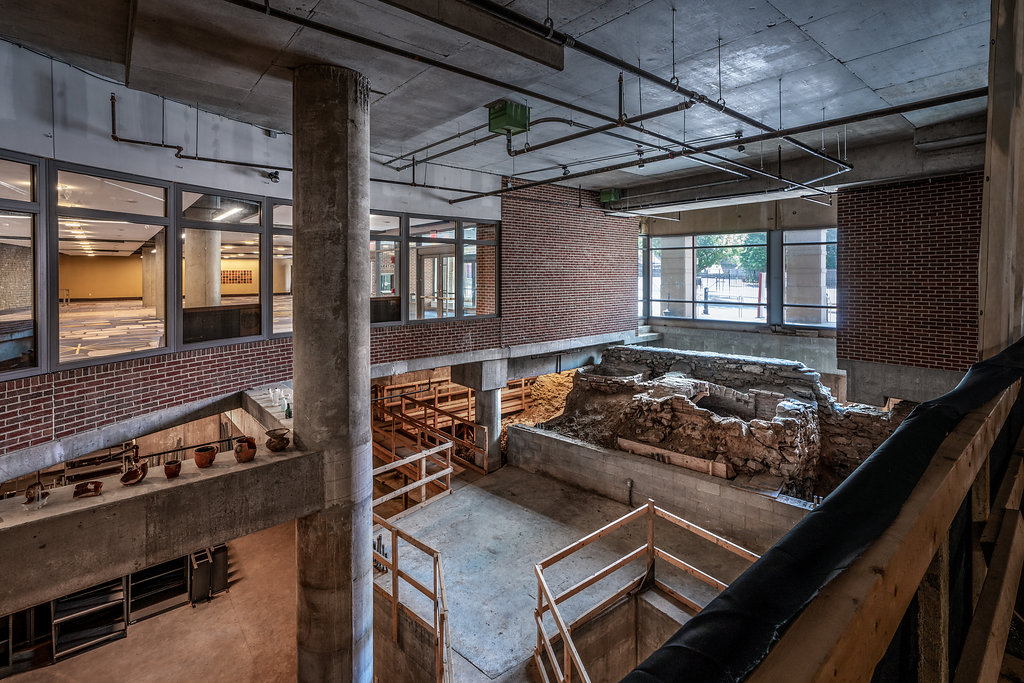
A view of the modified cisterns. Image courtesy of Larry Lefever.
From Historic Site to Interpretive Museum
The successful excavation led to the restoration of Stevens' home and the Kleiss Tavern
building as well as the partial preservation of the Lydia Hamilton Smith house. LancasterHistory
took responsibility for the site in 2010 and began planning for the museum in 2019
with support from the High Foundation and the National Endowment for the Humanities.
During the planning process, LancasterHistory sought the advice of F&M Professor of History Louise Stevenson on how to present the lives and careers of Stevens and Smith.
Stevenson, who retired from F&M in May, described Stevens as "a man of vision, and a man of steadfast principles," who was dedicated to the idea of equality under the law.
Thaddeus Stevens moved to Lancaster in 1842. He served as head of the Ways and Means Committee during the Civil War, worked to pass the 13th and 14th Amendments and played a role in Reconstruction.
Lydia Hamilton Smith began working as his housekeeper in 1844. Through her connections in the local community, Smith provided valuable insights that supported Stevens' work. "Only Stevens worked in Congress, but Lydia is his feet on the ground in the local community," Stevenson said.
Smith also pursued her own business ventures. Despite the discrimination she would have faced as a woman of color, Smith purchased a home in Lancaster in 1860. By the end of her life, she owned 14 properties and ran a boarding house in Washington, D.C.
“She was an entrepreneur in her own right, and kind of flouted the restrictions that
were placed on women, particularly women of color, at that time,” Sarratt said.
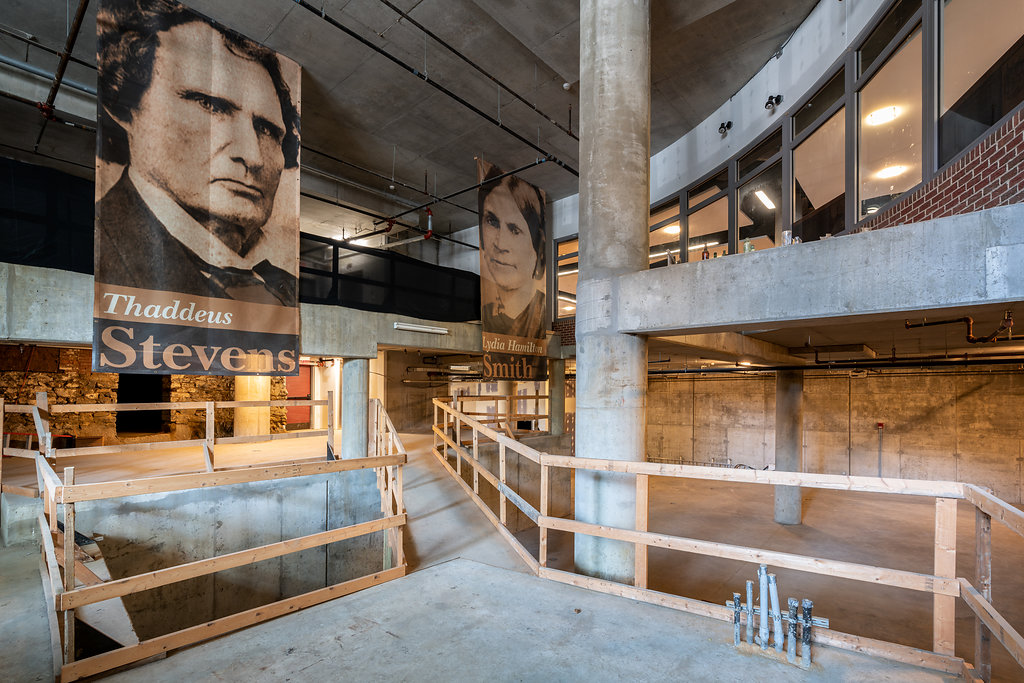
The current interior of the site. Image courtesy of Larry Lefever.
Bringing History into the Present
The museum will use the lives of Stevens and Smith to illustrate how national issues
played out in Lancaster. Sarratt said LancasterHistory plans to "set the stage" for
a better understanding of how the local community supported abolitionist activities
and the Underground Railroad.
Stevenson said she often highlighted local history in her courses, adding that it can serve as an entry point for students to understand how historical events impact the present.
"If you can show students what happened here, they go, 'Wow, I really am living in history; I am part of this,'" Stevenson said.
Sarratt hopes that the museum can further highlight this point by showing how the amendments Stevens helped pass continue to shape debates about voting rights, and that the museum will prompt visitors to consider their own role in determining the future of democracy.
"We'll really try and portray, in a meaningful way, that this is not just history. This is very relevant to people's daily lives," Sarratt said.
Design renderings of the musuem by Ralph Appelbaum Associates, subject to change.
New Opportunities for F&M Students
Sarratt also hopes the museum will provide opportunities for F&M students to engage
with the Lancaster community and its history. Levine said the museum already has offered
students hands-on experience and opportunities for community engagement.
Students in Levine's Archaeological Methods course processed and identified thousands of artifacts during the initial excavation of the site, went on to conduct research, and write papers on those items, and gave presentations at local schools.
"The experience resulted in understanding course content on a more profound level...and fostered increased interest in civic engagement," Levine said.
Going forward, Sarratt envisions internship and volunteer opportunities for students and hopes F&M professors will utilize the museum and its resources in history and political science courses.
"I do think this is going to be a world-quality museum in the middle of downtown Lancaster," Sarratt said.
Image 1: Thaddeus Stevens. Image 2: Lydia Hamilton Smith. Images courtesy of LancasterHistory.
Related Articles
November 26, 2025
Mindful Moments: Buchanan Park Outdoor Classroom
As fall makes way for finals, F&M students seek calm and quiet. They don't have to look far. The Buchanan Park Outdoor Classroom provides a space just footsteps from campus to study, congregate with friends, or partake in personal reflection.
November 18, 2025
Diplomats’ Women’s Golf Team Partners With Lancaster Country Club
Franklin & Marshall College and the Lancaster Country Club have entered into an agreement that will allow the Diplomats’ Women’s Golf Team to practice and host multiple Centennial Conference tournaments throughout the season.
October 14, 2025
Math with Meaning: F&M Students Combat Food Insecurity
Two F&M seniors turned a passion for math into meaningful solutions for the Power Packs Project, a nonprofit combating food insecurity in Lancaster, Lebanon and York counties.

